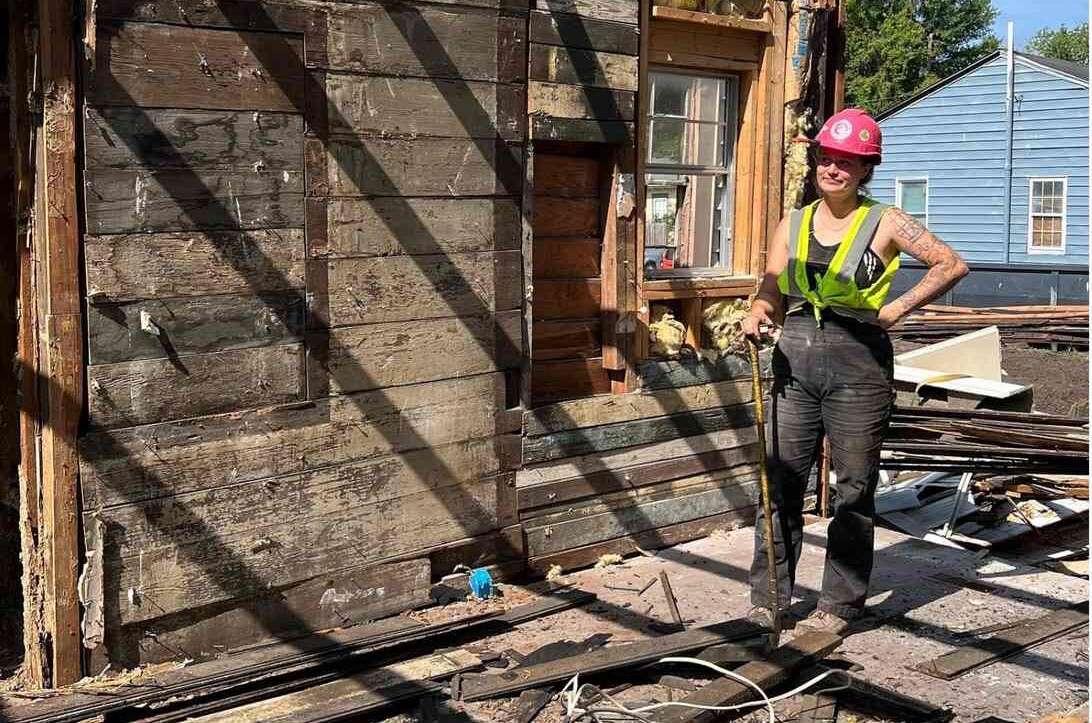Miami Police Officer Honored After Saving Boy With Autism from Drowning
To the contrary, the devoted husband and father was all the more committed to ensuring the accident didn't end in tragedy.

In Savannah, Georgia, a female-led non-profit works in hard hats and pink high-vis vests in a gradually growing business of reuse and recycling—deconstruction.
Deconstruction is what you do if most parts of a building could and should be used again; because they're made from heritage materials; because they're built with boards of high-quality endangered timbers; because otherwise it would all be thrown in a landfill.
Re:purpose Savannah is a 501(c)3 that takes old, condemned buildings apart for their bricks, timber, door frames, metalwork, and other components and sells them to construction firms building new homes for discerning clients. They've taken apart beach houses, dairies, bungalows, cottages, and traditional homes in town.
It's the ultimate in circular economics, and despite the fact that 6 times more labor hours go into deconstructing a house than demolishing one, it was during COVID-19 that the value of this niche occupation revealed itself.
"When COVID happened the price of lumber skyrocketed, all our lumber was coming from elsewhere," said Mae Bowley, Executive Director for Re:purpose Savannah. "My supply, which is local, didn't dry up, I didn't have to raise my prices a penny," she said in a mini-doc shot by the Christian Science Monitor.
Bowley said that her company's salvaged lumber was comparable in cost to the high-priced lumber during COVID.
Furthermore, much of the wood that Bowley and her crews pull down comes from trees no longer used for lumber because they are endangered, or because there are better options for mass timber planting.
These include white and red oak, longleaf pine, sweetgum, walnut, and hickory. Longleaf pine in particular is a very high-quality wood with a tensile strength that's higher than steel.
The non-profit sells all of the salvaged material at its own lumber yard, where old boards, beams, joints, and flooring undergo a light touch of restoration to remove decay or split ends.
They keep detailed records of every historic building that's torn down so that as much context as possible can stay with the materials and lumber as they're shipped off to their new home.
WATCH the documentary below…
SHARE This Awesome Story Of Wonder Women And Historic Homes…
Be the first to comment